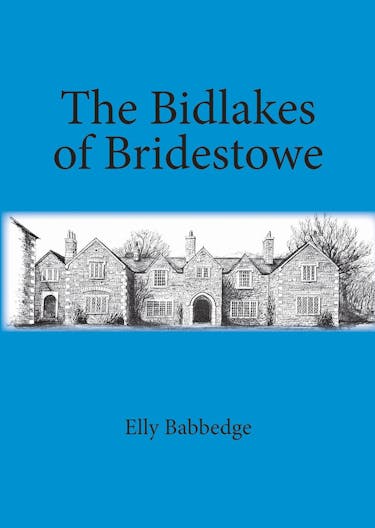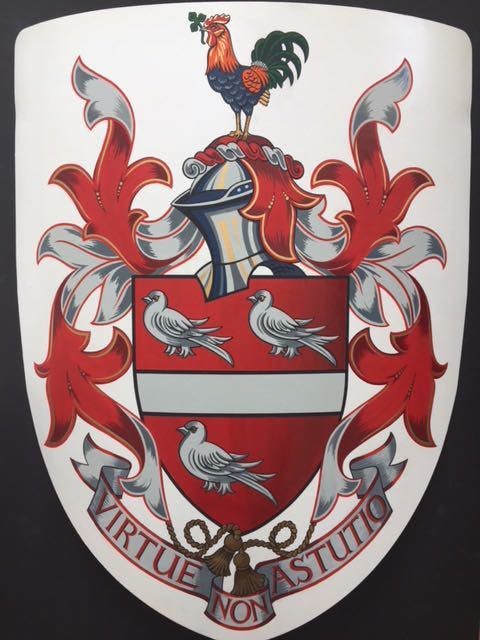Step Into Living History at Great Bidlake
Great Bidlake is remarkable for being owned by the same family for almost all of its 750 years, and is owned by one of the Bidlake family today. For nearly eight centuries, the story of Great Bidlake has unfolded—a tapestry woven through time.
Delve deeper into our storied past with "The Bidlakes of Bridestowe," penned by esteemed historian Elly Babbedge—a narrative rich with ancestral ties, available for your library from Amazon.
Our origins are etched deep in history, with records dating back to 1268 when Ralph le Riche first laid claim to these lands. By 1339, John 'Bydelake'—whose very name mirrors these grounds—established our enduring connection. The manor not only gave its name to the family but became the cradle from which all bearing the name Bidlake (or Bidlack) can trace their roots.
Great Bidlake stands upon soil steeped in legend—the fabled site of the Battle of Gafulford chronicled in A.D. 823 where Saxons and Britons clashed amidst westward tides. As centuries passed, our estate flourished, reaching its zenith during Tudor times—spanning over 6,000 acres across Devon and Cornwall.
Whispers of our past echo through chambers and parlors established during Thomas Bidlake’s era—spaces that today form part of our cherished kitchen and breakfast room areas; above them rests the Solar's barrelled ceiling—an architectural testament to a grand yesteryear.
Turbulent chapters marked by civil strife saw Henry Bidlake championing royal cause as Captain in His Majesty’s Cavalry. It was here at Great Bidlake Manor that Charles I himself is reputed to have sought refuge on July 30th, 1644. Despite subterfuge worthy of Baring-Gould’s tales—Henry’s fate was sealed by Parliament’s hand following his valiant efforts at Torrington and Pendennis Castle.
Decades later witnessed Sir Richard Becklake's infamous claim upon our estate—a saga rife with forgery ending within Newgate prison walls after courtroom drama unveiled his deceitful gambit.
War once again left its imprint upon Great Bidlake when women took helm of farming during World War I—an avant-garde notion for its epoch. And within our threshing barn lies a mural homage to Noah's Ark—a wartime creation by Marlborough House School evacuees preserved as an immortal canvas.
As time marched forward into the latter twentieth century, Great Bidlake adapted anew—with lands divested leaving behind only the manorial heart encased by verdant gardens, fields and woodlands. It was here that Prof. Dr. John Robinson alongside his wife Brad delved into genealogical depths and celebrated their findings through both scholarly work—"The Bidlake Diary"—and artistic expression with "The World of Bidlake Wood."
Proudly emblazoned with martlets argent on gules field is our coat-of-arms; atop sits our crest—a cock holding aloft a trefoil—all underpinned by our credo: "Virtute non astutia" (By excellence, not by cunning).
We invite you to experience this living legacy as partakers in its unfolding narrative—Great Bidlake Manor: an esteemed member of the Historic Houses Association.


